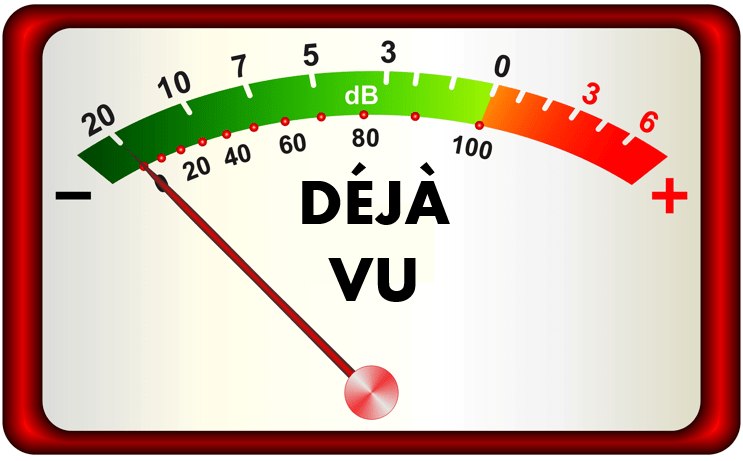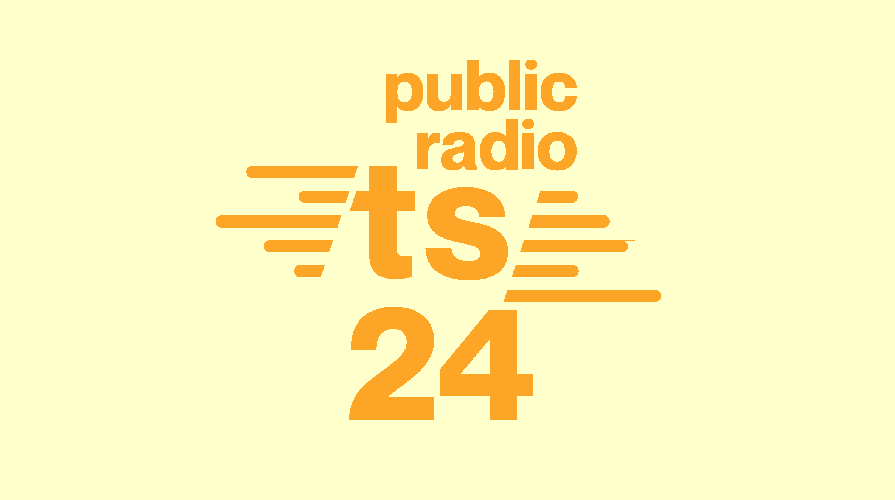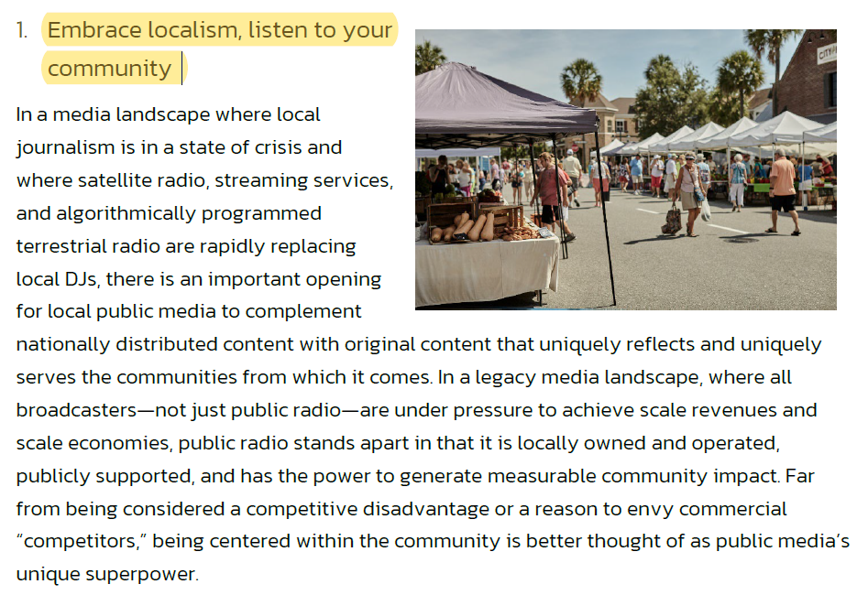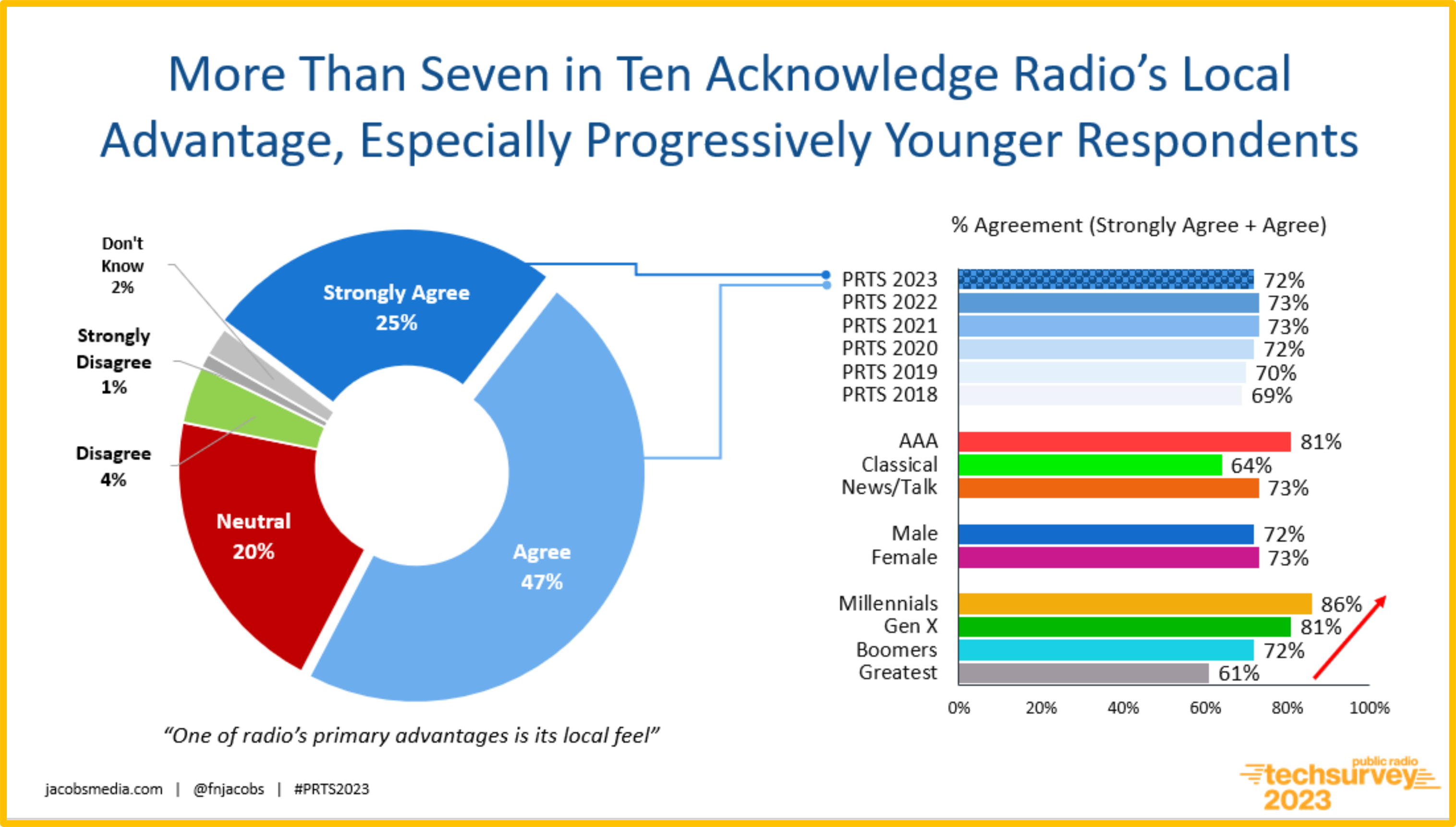
Regular readers of this blog are onto me. They know there’s a method to my madness. That’s because there are detectable patterns in topics from week to week, month to month, and year to year. While I like to believe I write about diverse issues, situations, and stories in and around the radio and media world, the fact is there are recurring themes that are quite easy to spot.
The need for radio to have a talent pool (not a puddle), the sheer idiocy and shortsightedness of the industry not having a Gen Z strategy of any kind, radio marketing’s inability to get on the other side of the 25-to-54 demo, and why more of you should visit Detroit – to name just a few of the evergreen topics that continue to sprout up.
But then there are the issues that are at the margins. They have a distinct purpose, but perhaps aren’t as universally obvious as the above topics. And yet, they merit some degree of repetition because they’re important, they matter, and yet, little action is being taken.
 And that’s where this post is landing today – precisely in that LOCAL sweet spot that is such an obvious answer for the increasingly troubled public radio sector of the radio broadcasting industry. Jacobs Media has been honored to play a supporting role (no Oscar yet) in public radio’s amazing history since the late 90s when we miraculously given a grant from the Corporation for Public Broadcasting. And since then, we’ve refused to leave the building.
And that’s where this post is landing today – precisely in that LOCAL sweet spot that is such an obvious answer for the increasingly troubled public radio sector of the radio broadcasting industry. Jacobs Media has been honored to play a supporting role (no Oscar yet) in public radio’s amazing history since the late 90s when we miraculously given a grant from the Corporation for Public Broadcasting. And since then, we’ve refused to leave the building.
In the ensuing years, we launched public radio’s version of Techsurvey – the PRTS series now in its 16th year. Originally, we were in partnership with NPR and PRPD. For more than a decade now, it’s been the latter, now known as PMCC – the Public Media Content Collective. In fact, the newest iteration of the study is in the field as I write this.
I believe that while all 15 of these reports have held some level of import to “the system,” as it is often called, PRTS 2024 may be more meaningful given the consternation, concern, and hand-wringing that has been a dark cloud over most stations in the category. I am hoping this year’s study helps to answer some of the many serious questions hovering over public radio at this time: declining listenership, more difficult fundraising, an aging audience, and the role of NPR in the big picture. Whether you’re a fan of public radio or you have deep-seated concerns about the role these stations play in American broadcasting, their health and welfare play a key role in the overall condition and future of the medium in this country, as well as its contribution to journalism.
a dark cloud over most stations in the category. I am hoping this year’s study helps to answer some of the many serious questions hovering over public radio at this time: declining listenership, more difficult fundraising, an aging audience, and the role of NPR in the big picture. Whether you’re a fan of public radio or you have deep-seated concerns about the role these stations play in American broadcasting, their health and welfare play a key role in the overall condition and future of the medium in this country, as well as its contribution to journalism.
And right now, there are important questions being asked about content, where it comes from, how it’s delivered, and the ways in which it can be monetized for both sponsorship as well as listener donations and membership. That’s precisely what brings us to this key point on the curve where many public radio stations are deeply concerned about where to place their resources – budget and staffing – in order to fulfill their missions, regain their financial stability, and contribute to their communities of license.
 Over the past few years – especially since COVID – it has become crystal clear to anyone who looks at our research that interest in the local environs is more important than ever to audiences that have been roiled by the unsettled, undulating landscape around the world, as well as the increasingly uncomfortable, frenetic national condition of our country and our natural discourse.
Over the past few years – especially since COVID – it has become crystal clear to anyone who looks at our research that interest in the local environs is more important than ever to audiences that have been roiled by the unsettled, undulating landscape around the world, as well as the increasingly uncomfortable, frenetic national condition of our country and our natural discourse.
While more and more people may, in fact, be burning out on some of the same frustrating news stories that have dominated headlines for years now, the pandemic taught us that looking at our hometown communities and regions is not only important, but that perhaps ordinary citizens can make a difference in their outcomes.
As I have oft-stated, COVID was a global crisis, but its effects were felt most profoundly felt on the local level: Do I need to wear a mask to eat at that diner?  Which pharmacies have the vaccine? Who’s on my school board? What books are/aren’t in circulation at my local library? And of course, where can I buy toilet paper and hand sanitizer?
Which pharmacies have the vaccine? Who’s on my school board? What books are/aren’t in circulation at my local library? And of course, where can I buy toilet paper and hand sanitizer?
You can see the desire for reliable local news and information in many charts and graphs in not only PRTS but in other research studies in and out of public radio’s sphere of influence. Last year, the Station Resource Group collaborated with Greater Public (public radio’s equivalent of the RAB), and the aforementioned PMCC on a aggregation project that analyzed 26 recently conducted research studies for stations across the company. Three of them were Jacobs Media projects.
When it came to the local matter, the conclusions in what became “The Playbook” were crystal clear:

A “superpower” being left on the table, for the most part, by so many public radio stations across the country that have become over reliant on network programming at the expense of a focus on the community. Our telling data point – trended on the upper right quadrant of the slide below – to emphasize how this opportunity has only become more valuable and fertile since we learned what “social distancing” was all about:

And all this is coming at a time when so many of the traditional sources for local information – daily newspapers, commercial TV and radio stations – are either shuttering their doors or down-sizing. Of course, that spells opportunity at the grassroots level, and a number of organizations and services are stepping up. Newsletters, in particular, have helped fill the local news gap in both big and small markets, many employing ex-pat journalists from the newspapers that used to the information leaders in virtually every city and town across America.
But the big boys and girls have stepped in, too, and their pockets are deeper, their goals are aggressive, and even though they’re almost always “out-of-towners,” that’s not going to be an impediment if the legacy players in so many markets are asleep at the proverbial switch. Axios is one of them, and I wrote two “no holds barred” posts about their invasion of the local news kingdoms in dozens of U.S. markets at the beginning and end of 2022.
them, and I wrote two “no holds barred” posts about their invasion of the local news kingdoms in dozens of U.S. markets at the beginning and end of 2022.
That latter post, “Attention Radio: The Local News Train Is Leaving The Station,” detailed the Axios strategy to achieve local domination with newsletters. In the summer of that same year, the Cox family (you remember them?) bought Axios, and their growth has continued. From 24 markets in December 2022 to a reported 30 metros now, Axios is hyper-focused on the local opportunity.
If they’re publishing in your town, you may already have seen their efforts, which tend to be somewhere between competent and very good. In many cases, Axios newsletters are consistently better than most other local news efforts.
 And others are taking notice. Axios was recently named by AdWeek as “Hottest in News” award.
And others are taking notice. Axios was recently named by AdWeek as “Hottest in News” award.
It looks like they’ve gotten someone’s attention. A story that broke this week announces other players in your local backyards.
It is none other than the Associated Press, perhaps the most venerable of news brands in American media. And they smell the same opportunity in the local marketplace that everyone else done.
Oddly enough, it was Axios that broke the story. Their headline reads, “AP launching nonprofit group to raise at least $100M for local news.”
You read the number correctly – a minimum of $100 million to cover local beats. Axios reporter Sara Fischer quotes AP CEO Daisy Veerasingham, “It will help to sustain what we do, grow what we do, and add new and incremental journalism services for the industry.”
The AP Fund for Journalism will support the AP’s local journalism initiative as well as fund the efforts of other local journalism teams. As Fischer reports, this injection of cash may help AP create training and products around AP, noting a two-year pact already in place with ChatGPT.
products around AP, noting a two-year pact already in place with ChatGPT.
Axios says there’s even more going on below the surface for AP, especially as the elections loom in November. The company has already cut deals with five local non-profit newsrooms” ahead of the November event in Hawaii, California, Nebraska, Montana, and South Dakota.
The novel part of a new initiative by the AP is the way they’re going out about doing it.
Like most things in media, timing is everything. Veerasingham points out, “The state of local news is at an actual point of critical crisis, and we see this exacerbating further.” She also notes there are increasing numbers of “news deserts,” another phenomenon here – markets, cities, and towns with an almost complete void of local news and information.
To read AP’s own coverage of its non-profit local news initiative, click here.
 So, there’s an obvious message here – once again – for public radio. As we illustrated here two years ago, the “local train” is leaving the station. The time to respond to the local opportunity was a year or two ago, but given public radio’s inherent strengths in many markets, there still may be time.
So, there’s an obvious message here – once again – for public radio. As we illustrated here two years ago, the “local train” is leaving the station. The time to respond to the local opportunity was a year or two ago, but given public radio’s inherent strengths in many markets, there still may be time.
Consider:
1. Public radio stations – in most markets – have boots (sandals and Crocs, too) on the ground – While Axios and AP might have to start from scratch, many public radio teams are trained and in place. But they need to be assigned and activated.
2. Public radio stations know the turf – Most have been around for decades, providing context, archives, contacts, and connections that outsiders don’t.
3. Public radio stations have the flashing green light – As noted, everyone’s research is in lock-step on the local opportunity. If you need ammunition, contact me.
4. Public radio stations have reach – They already have listenership and awareness in their markets, a leg up over everyone else.
5. Public radio stations have email databases – These are a wonderful marketing tool to build awareness for a new local initiative.
6. Public radio stations have loyal listeners….that write checks – They are willing to pay for more robust local news, investigative reporting, and the people who can make this happen.
7. The election is around the corner – How will public radio define its coverage of this year’s races, candidates, and ballot initiatives?
In other words, how will public radio lean into its “local superpower?”
Stay tuned.
Originally published by Jacobs Media







